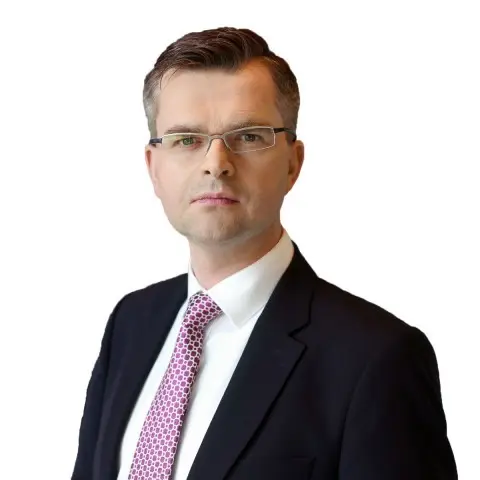Poland: Sound economy, harsh politics
The Polish political agenda is controversial, but this shouldn't overshadow the two standout positives of 2017
Accentuating the positives
When we analyse the fundamental backdrop of the Polish economy we try to be pragmatic; the political agenda is controversial and many measures are contrary to what is needed, such as the recent expensive cut in the pension age. But all this shouldn't overshadow the two stand-out positive surprises of 2017: the balanced budget, thanks to increased tax receipts, and high GDP growth.
The 'mean reversion rule' seems to apply not only to financial variables but also to social developments, and here it helps to understand some of the recent political changes. Poland has been the most successful country in transitioning to a market economy in the past 25 years, according to the World Bank.
Those not participating in the success of the last 25 years voted for a change in politics.
But one element is missing: the appropriate inclusivity of the reforms. This partially explains the populist shift on the political scene, from an exceptionally business-friendly model to a more social-oriented one. But the economy seems to be on a strong footing and that should continue in the next 1 to 2 years. The foreign direct investors are fully aware that hard work from the last 25 years has seen a payback, hence FDI is stable.
The positive surprise drivers
In the first part of 2017, GDP reached 4% year-on-year. not least due to growing consumption and that's now growing by 5% YoY, driven by sound real wages and new social benefits. The lacking element is investment; this should shape the growth profile in the coming quarters and make it more sustainable. So far investment recovery is slower than expected, but we expect acceleration in the second half of this year.
About 50% of the available EU structural funds have already been allocated and new projects are just starting. The successful tightening of the tax system is responsible for the second surprise, that of reaching a balanced budget in 1H17. Our analysis of the effective tax rates shows that the big VAT gap was closed to a large extent as the government applied advanced tax control methods.
Polish central budget deficit (PLN bn)
What to expect for the rest of the year
In the full year, we expect that the central deficit will be 40-50% lower than planned, while the general government deficit should be close to 2.2% of GDP, well below the 2.9% of GDP planned initially. The projection of the 2018 budget assumes a further rise of VAT revenues, but also a more effective collection of corporate and personal income taxes. Overall, we forecast that the general government deficit should reach about 2-2.5% of GDP in 2018 despite the new burdens, such as the cut in the pension age.
The fiscal situation is better than expected, although far from comfortable
Looking at Poland's fiscal position, we've seen improvements. But, at the peak of the business cycle, the deficit should be lower.
How long can this strong GDP growth last? We see evidence that the strong dynamics are sustainable in the coming quarters unless the external backdrop surprises on the downside. The economy is at an early stage of the investment cycle, which should speed up strongly in the coming quarters.In the second half of 2017. GDP can grow by 4.5% year-on-year but 5% is within reach.
Central bank rates
Also, the policy mix is accommodative, as new social measures, such as child benefit and that pension age cut, have added about 1.0% to GDP this year. The central bank rate is at an historically low level of 1.5% (although not zero as in the Eurozone or in the Czech Republic). As a result, the sales of new flats are at a record high and double the pre-Lehman level. High supply constrained the price rises until 1H17 when they moved up sharply by about 15% in a few major cities.
We also see the initial phase of the corporate credit cycle, while mortgage sales surprised positively recently. This is all taking place in an environment of low inflation and limited imbalances; hence the central bank should not rush with tightening. The new political season should bring new challenges after the summer, but both positive developments from the first half of this year should be sustained in the coming quarters. In the second half of the year, GDP can grow by 4.5%, but 5% is within reach.
Download
Download opinion
Rafal Benecki
Rafal Benecki is a Chief Economist at ING in Poland, joining in 2005. Prior to this, he was the head of the Economic Analysis Bureau at Millennium Bank in Warsaw. He has an MSc in Financial Economics from Queen Mary University of London.
Rafal Benecki
This publication has been prepared by ING solely for information purposes irrespective of a particular user's means, financial situation or investment objectives. The information does not constitute investment recommendation, and nor is it investment, legal or tax advice or an offer or solicitation to purchase or sell any financial instrument. Read more
